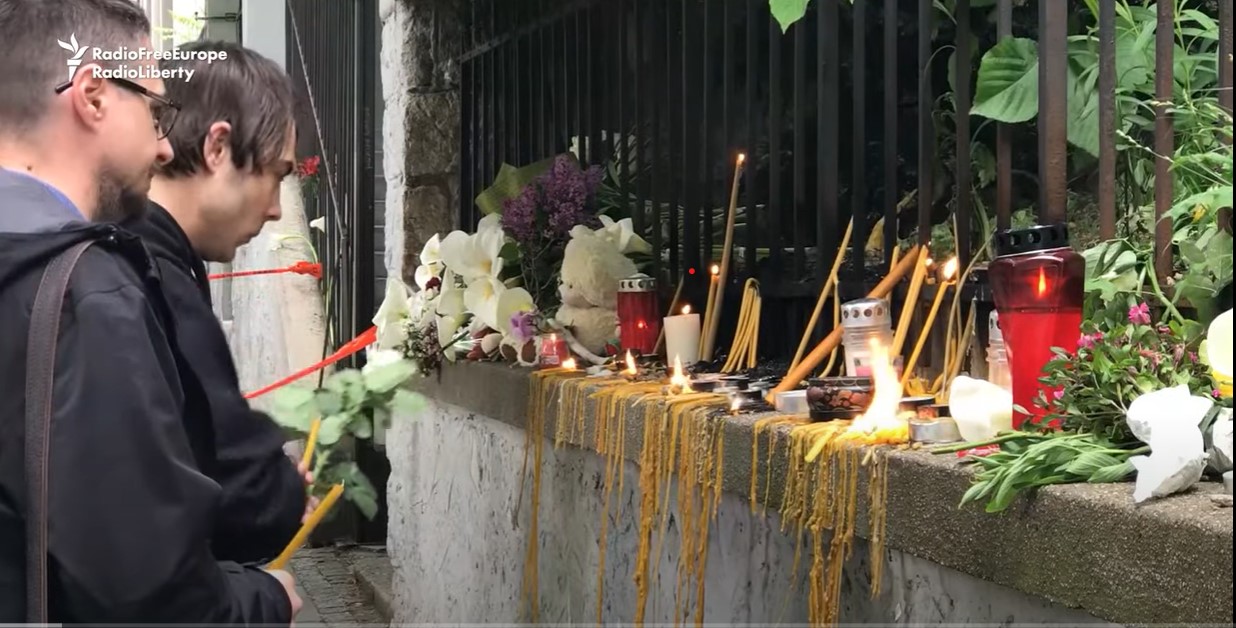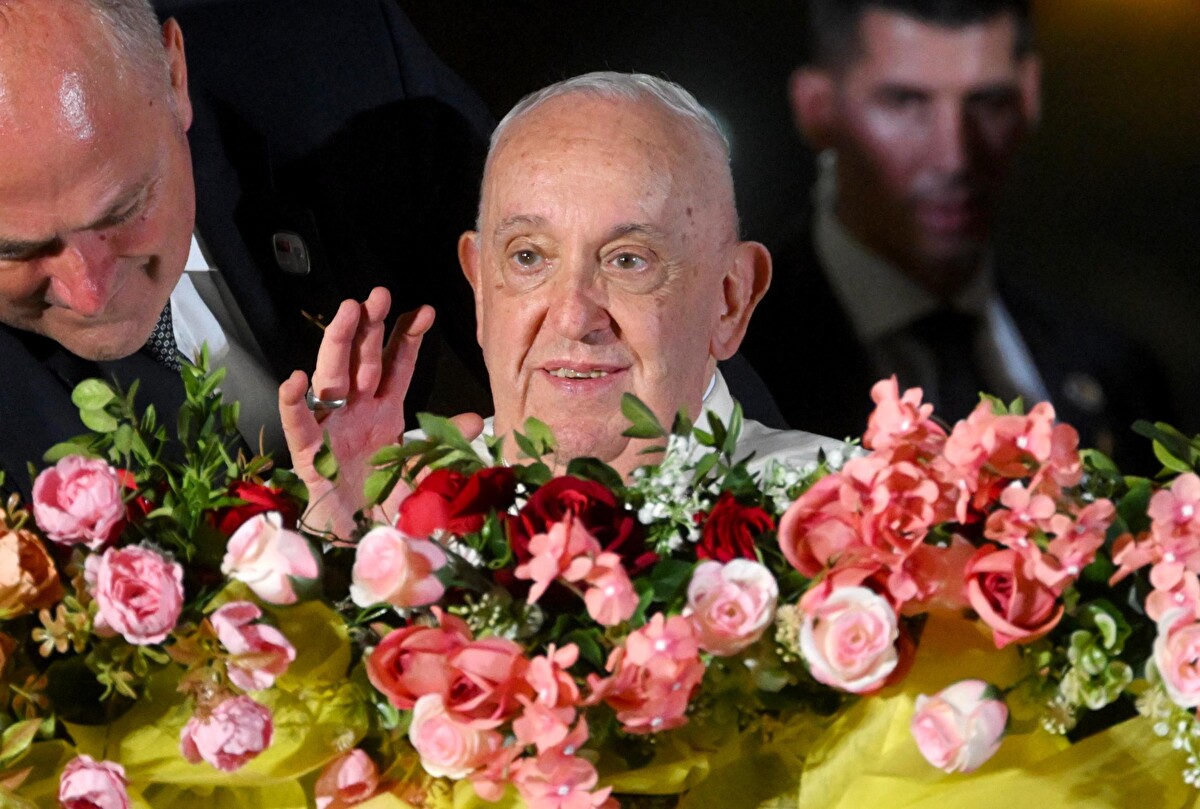Late Thursday, an attacker shot at people in three villages near Mladenovac, some 50 kilometers (30 miles) south of the capital. He targeted people “wherever they were.”
“I heard some tak-tak-tak sounds,” recalled Milan Prokic, a resident of Dubona, near Mladenovac. Prokic said he first thought people were shooting to celebrate a birth, as is tradition in Serbia.
But sadly, there was no birth being celebrated. Instead, a gunman who was apparently shooting at random killed eight people and wounded 14 in three Serbian villages, according to authorities, shocking a nation that was still reeling from a mass shooting a day earlier. Police arrested the suspect Friday after an all-night manhunt.
In the previous shooting, a 13-year-old boy used his father’s guns to kill eight fellow students and a guard at a school in Belgrade, the capital.
The second shooting was carried out by a young man in a blue T-shirt with the slogan “Generation 88” on it. The double eights can be used as shorthand for “Heil Hitler” since H is the eighth letter of the alphabet–in short, a pro-Nazi group. This suspect, identified by the initials U.B., was arrested near the central Serbian town of Kragujevac, about 100 kilometers (60 miles) south of Belgrade.
Predictably, Serbian President Aleksandar Vucic called Thursday’s shooting an attack on the whole nation.

This Balkan nation has something in common with the United States, a country that is the epicenter of mass shootings: the ubiquity of guns. In the US because of a fanatical attachment to the Second Amendment, in the Balkans, because of wars; the country is awash with weapons left over from the conflicts of the 1990s. Serbia has one of the highest number of firearms per capita in the world. And guns are often fired into the air at celebrations in the region.
Wednesday’s shooting was the first at a school in the country’s modern history—and thus shocking–but one that may open the door to many others—as is regularly demonstrated in the United States where they have become so frequent as to have jaded a public that previously suffered through shock and grief but now is resigned to the cycle of outrage followed by apathy.
Vucic vowed to the nation in an address that the suspect “will never again see the light of the day.” He referred to the attack as an act of terror and announced a new raft of gun-control measures, including a moratorium on new permits for firearms, as well as an increase in the number of police.
“We will disarm Serbia,” Vucic promised, saying the government would outline the new rules later on Friday. The rhetoric around gun control sounds eerily familiar to American ears, though in the US there is no widespread agreement on there even being a need for gun control reform.
Before the second shooting, Serbia spent much of Thursday in grief. Students, many wearing black and carrying flowers, filled streets around the school in central Belgrade as they paid silent homage to slain peers. Serbian teachers’ unions announced protests and strikes to warn about a crisis in the school system and demand changes. Then came the second shooting.
Authorities have identified the shooter as Kosta Kecmanovic and said he is too young to be charged and tried. He has been placed in a mental hospital, and his father has been detained on suspicion of endangering public security.
Whether you’re for or against gun control, one thing is undeniable: if there is no gun, there can be no shooting. The ownership of arms is common in Serbia and elsewhere in the Balkans—as it is in the United States. When mixed with hatred it creates a lethal combination. Both in the US and in the Balkans far-right organizations are on the rise. Is this a harbinger of more mass shootings to come in the Balkans












